- Replies 25
- Views 2k
- Created
- Last Reply
Most active in this topic
-
Dobber 5 posts
-
Roburt 5 posts
-
Rick Cooper 3 posts
-
Alan T 2 posts
Most Popular Posts
-
From my experience ordering from major US record labels in the 70s the system was based on regional independent distributors who would represent a number of major and lesser labels. They would also do
-
I love the look of the Susan Rewis on the red Rhodesian CBS label with the triangular centre as seen on Discogs , can't imagine why it got pressed/released over there.
-
I'm not too sure it was exactly the same case with US 45's, but this was sure what went on with albums ... Big record companies would sign artists by the dozen. They'd put a lot of effort into th


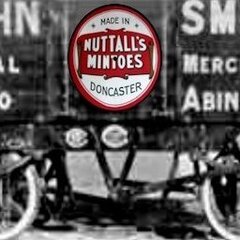

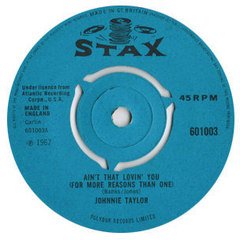

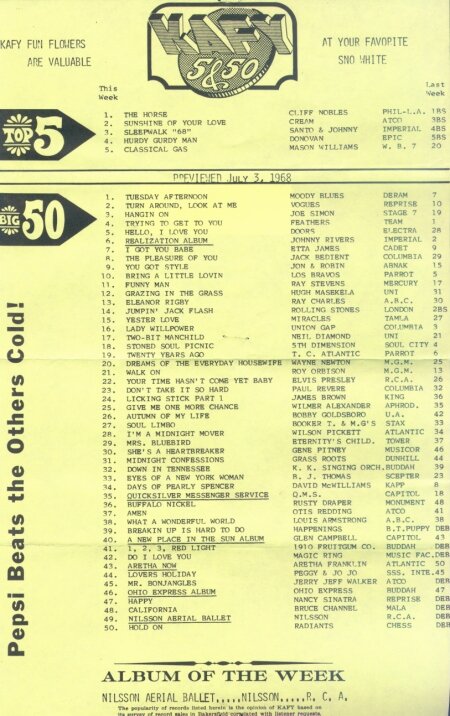
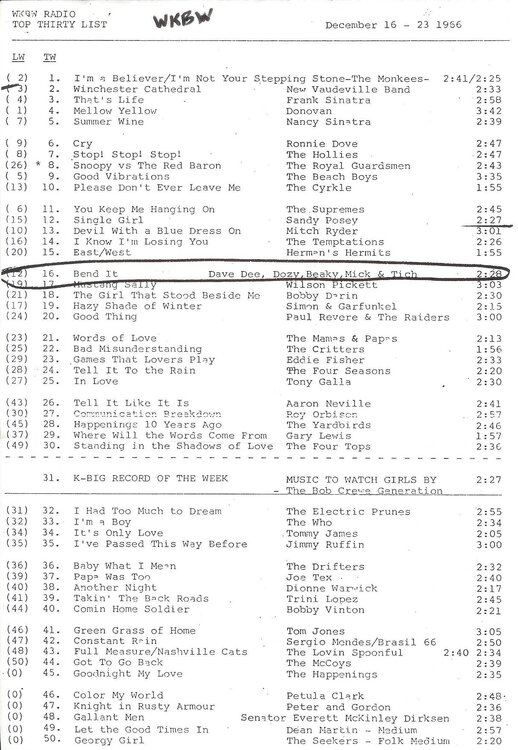
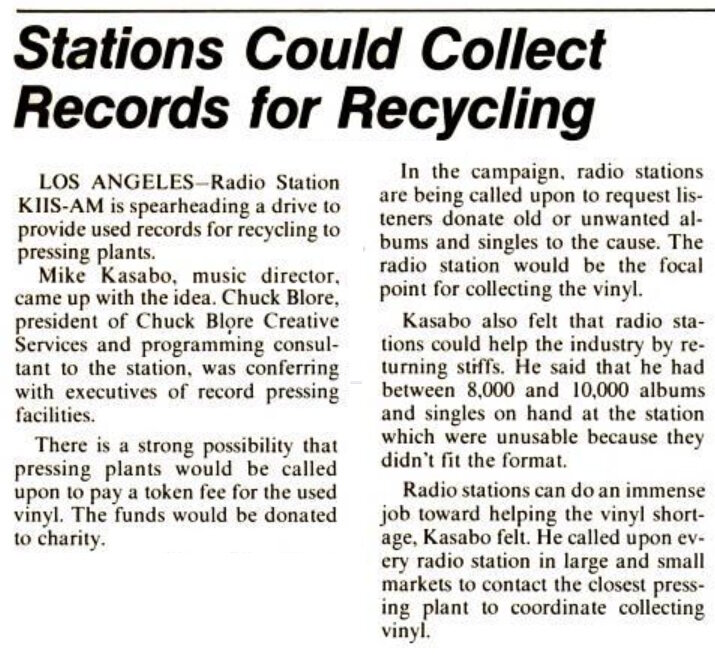


The USA Columbia red issues where northern soul is concerned seem to be infinitely rarer than the various demos….why?
these 3 off the top of my head….any more?
dana valery
liz verdi
Turley Richards